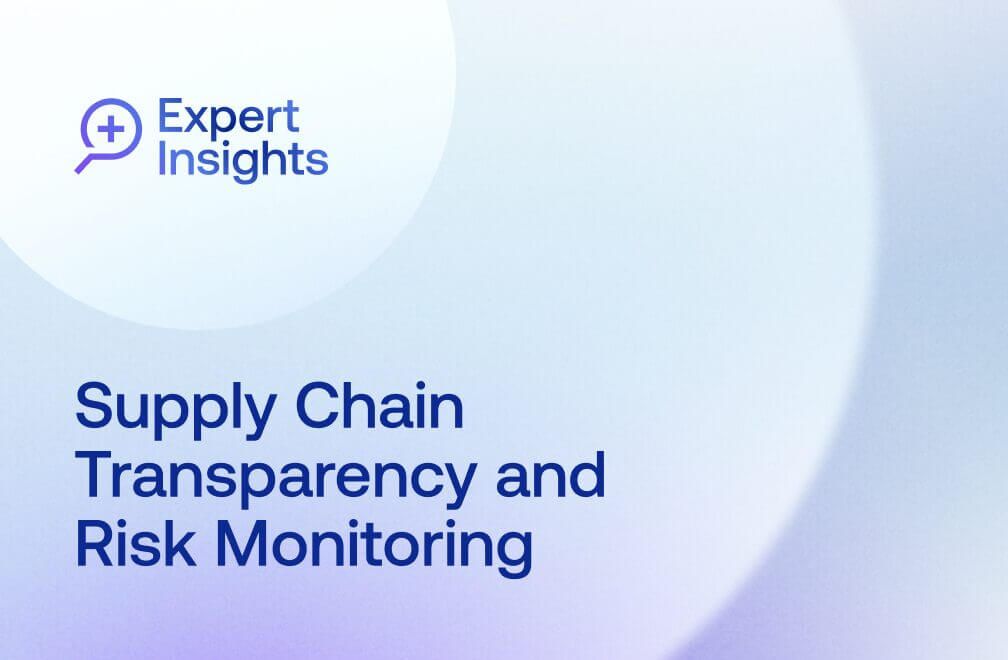
March 1, 2023 • 9 min read
Everything Starts With a Why: How to Promote Meaningfulness at Work

Steve Hindle
In an era of the Great Resignation and Quiet Quitting, we must all be focused on nurturing our people. According to Gallup’s 2022 State of the Global Workplace Report, only one-third of employees in North America feel engaged with their work. Surprisingly, this is a 12-year high and the best regional result where the global average is 21%. However, it still means two-thirds of us are unconnected with what we do because we do not know the value of what we bring as individuals.
This matters because, according to Gallup, low engagement costs the global economy US$7.8 trillion and accounts for 11% of the world’s GDP. It also matters because the alternative is frustration, stress, resentment, anger, toxicity, disenchantment, and disengagement.
In writing about “tick and bash” compliance work, a financial careers website recently quoted some firsthand experiences of working with the Big 4:
““It’s the worst job I’ve ever had. The hours are long, the pay is low and it’s extremely boring. The work’s very process-driven. It only suits people who are very conservative, very agreeable, and only interested in prolonging a university-type experience rather than making a mark in the world. The work just isn’t very engaging. You’re adding minimal value to clients and the work is very dry.””
This is precisely the kind of experience I am committed to eradicating. As a leader of GRC for a company dedicated to helping businesses grow through better engagement with their customers and suppliers, I have made it my mission to ensure everyone is engaged in meaningful work and knows that what they do matters.
I want to share a little of the journey we have taken to liberate ourselves from the drudgery of monotonous process-centric work in favor of meaningful people-oriented activity, and offer some suggested ways forward.
Moving Beyond the Meaningless and Mundane
A recent work study of employees’ habits draws the startling conclusion that we waste six weeks each year on a combination of “duplicated work and unnecessary meetings.” This aspect of work — basically, being busy but not being productive — has no business being a part of our organizations, especially when nearly one-in-four of us experienced burnout multiple times last year and technological solutions are so easy to come by.
I like to think of tasks in three groups: Red, Green, and Gold.
Red tasks are mundane and devoid of personal value or meaning. They should be eliminated wherever possible — that’s why we have technology! Operating at the level of red tasks feels like endless plate-spinning.
Green tasks are core to performance. These form the basis of KPIs on which valuable work is evaluated.
Gold tasks are what contribute to our reputation and legacy. This work is truly transformative — for both the individual and the organization.
We have to get ourselves and our teams out of the red tasks through automation and by working smarter. We must migrate to green tasks, and push for gold so that individuals recognize and are recognized for their personal contribution to collective success. This is especially important for those traditionally engaged almost entirely in red tasks. The need to get to the “why” is critical. When you’re working through a list of 900 items on an Excel spreadsheet confirming compliance with every standard, it’s hard to feel like you’re doing useful work. It is not surprising employees feel disengaged.
Technology is the foundation. It is the means by which we can escape the drudgery of red tasks — and yet too many audit, risk, and compliance professionals are still reliant on Excel as if technological progress halted in the late 1980s. Tools that are automated, integrated, intelligent, intuitive, data-hungry, and mobile create so much more potential.
The familiarity we have with spreadsheets seduces us into thinking they are the solution to all our needs. What happens, though, is we end up working for Excel, feeding it with data, and attempting to connect and reconcile all of our standalone databases. In our line of work, this is what drives duplication and mundane, redundant tasks. I wanted to find solutions beyond the familiar suite of basic tools, and AuditBoard’s platform met our specifications exactly. Within a few days we had an entire compliance structure, replacing red work with automated evidence requests. There has been such a positive response across the business. Internally, our customers, peers, and stakeholders appreciate we are only going to be reaching out to them once a year instead of continual disruption — and my team has been freed up to concentrate on delivering value. Externally, we can feed in our vendors and partners to provide their attestations in line with their calendars and compliance activities, not ours.
Good Leaders Are Meaning Makers
I am a voracious consumer of leadership content — actively hunting down content online and diving into the books after I whet my appetite. This quote from management gurus Dave and Wendy Ulrich, authors of The Why of Work, was a lightbulb moment for me and has really shaped my concept of leadership. Writing in 2010, they said: a leader’s critical mission is to instill meaning and purpose in his or her organization. Most leaders focus on actions — strategizing, executing, managing talent, and so on — but alongside these motions the Ulrichs highlighted the importance of emotions: i.e., passion and meaning. “Motion is what we do; emotion is why we do it. Motion gets things done while the leader is present; emotion sustains behavior in the leader’s absence. Leaders in motion differ from leaders who connect with emotion.”
How do we get employees to feel engaged? The writer Simon Sinek urges us to Start With Why. He observed that successes like Apple, Martin Luther King, and the Wright Brothers achieved something much more than their contemporaries not with greater technology, superior intellect, or excessive luck but by starting with purpose (why), following with how, and ending with what, while most everybody else does it in reverse. According to Sinek, people don’t buy what you do, they buy why you do it.
Going for Gold
How does this understanding help us with leadership? Engagement is closely connected to a sense of purpose and achievement. When we achieve even a modest accomplishment, we naturally feel more motivated. This is the principle behind the excellent book Make Your Bed: Little Things That Can Change Your Life…And Maybe The World by Admiral William McRaven. The title says it all.
To move out of the red and into the gold:
- We have to place people at the top of our pyramid, not the bottom.
- We must be leaders of our co-workers’ hearts, minds, and hands.
- We must truly take advantage of technology in our own work (not just encourage our clients to).
- We must start with why. Why are we doing this? Why are we doing it like this? What are our objectives? What impact does this have on purpose?
- We must set expectations for change, for being better every day and in every way We need open, caring environments in which people can try and fail, grow and thrive.
I want compliance to be recognized as more than just table stakes, more than just a minimum requirement that must be met, more than what Frederick Herzberg called “hygiene factors” — something that seems to add no value and is missed only when it is absent.
This is personal for me. I believe compliance is business critical. By providing assurance and timely, relevant insight, we are boosting client trust and confidence and thus establishing a firmer foundation for organizational success — and this is how everyone in my team understands the importance of what they are doing. It does not require an army of disengaged employees toiling laboriously on red tasks. Let the software and apps and platforms take the strain and instead let us set meaningful rewarding work that enriches the lives of both individuals and our organizations.
About the authors

Steve Hindle is a Chief Security Officer, Governance, and Technology Leader and Board Advisor. Working as a strategic partner to the business, Steve is passionate about building a cyber-aware culture with a people-centric approach to security, empowered (or super-powered) by technology to be better. Connect with Steve on LinkedIn.
You may also like to read


How Uniper achieves greater audit transparency and impact

How Snowflake Uses Continuous Monitoring to Proactively Identify Risk

Enterprise e-commerce company transforms audit planning with Grant Thornton and AuditBoard

How Uniper achieves greater audit transparency and impact

How Snowflake Uses Continuous Monitoring to Proactively Identify Risk
Discover why industry leaders choose AuditBoard
SCHEDULE A DEMO



